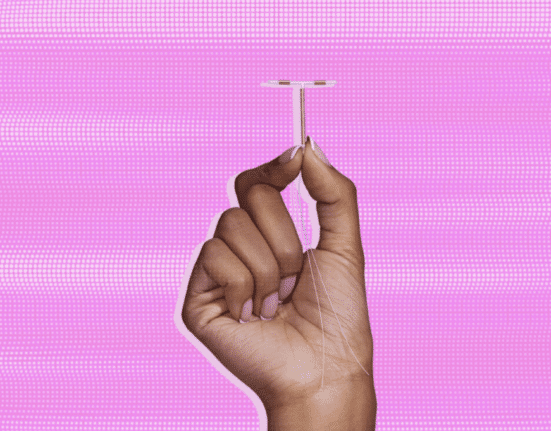How can a female enjoy her sexuality with peace of mind and without incurring too much cost?
For Leila Suarez, 22, getting an IUD is the answer.
“I could’ve gone with pills, but they’re a recurring cost, and the hormones could affect my health,” the student from the University of the Philippines told republicasia.
She added: “Since it lasts 10 years, and only needs maintenance check-ups, it’s one of the most cost-efficient forms of birth control,” she said.
SUGGESTED STORIES:
Celebrity moms shine on Mother’s Day 2024
OUR social media feed has been filled with pictures of.
‘Car-free Sundays’ back in Manila
THE Manila City Local Government Units is bringing back its.
Pasig City LGU: Road rehab along Lanuza ave; expect heavy traffic
THE Pasig City Local Government announced that the Lanuza Avenue.
An intrauterine device or IUD is a form of birth control placed into a woman’s cervix to prevent sperm from reaching the egg cell.
Although they are not as popular compared to hormonal pills, IUDs are considered safe and effective. And for some females, IUDs help in alleviating period cramps and menstrual pains.
“Aside from my transportation costs to the clinic, it costs me nothing. I don’t have to remember to take pills every day. I don’t have to buy condoms, which get pretty expensive and aren’t as reliable. But even if I had to pay, the consistent peace of mind of having the IUD is priceless,” she said.
But before deciding if this T-shaped device is the one for you, it is best to consult a physician first.
Suarez, for her part, turned to Likhaan Center for Women’s Health.
She admits to being nervous but, not even fear can change her mind. “I was quite nervous since I heard that getting the copper IUD can be pretty painful, but I decided it was well worth it,” she said.
Suarez prepared for the appointment by doing proper research, getting to know her body, eating well, and staying hydrated.
During the briefing, a nurse showed Suarez a picture of the non-hormonal t-shaped IUD and explained how its copper component would look and work inside her body.
“The procedure itself took a little bit of time. Because I hadn’t given birth yet, my cervix was difficult to widen to the required amount, the nurse explained. There was a chance we couldn’t do the procedure after all. But she asked me to relax and we waited for a bit while I breathed and calmed down,” she said.
“There was pain, but mileage may vary. I’ve had appendicitis and my period cramps tend to be pretty bad, so I’m familiar with pain in that area. I’m not sure if pain medication was an option. Eventually, I calmed down enough to relax my muscles and we finished the procedure,” she added.
Different women, different experience
The threshold for pain varies from female to female.
Kyla Sebastian said the pain was unbearable. “Masakit siya na parang kinakalikot yung uterus mo,” she said in a Facebook post.
Sebastian got an IUD offer during labor. She was in deep pain and could not think straight so she said yes. The device was implanted after she gave birth. It only lasted for four months. Sebastian, who was in constant pain, decided to pull the device out on her own — a method that could have put her in danger. Only experts should remove the device to prevent complications.
“Free lang siya. Nung nanganak ako tinanong nila ako kung magpapalagay ako. Wala talaga akong balak magpalagay, kaso nung tinatanong nila ako, nagla-labor ako. Sobrang sakit ng tiyan ko, manganganak na ‘ko non, kaya oo nalang ako nang oo,” Sebastian said.
A lot of women have described the pain as similar to having period cramps. Some, like Suarez, found it to be a breeze. While others, like Sebastian, could not stand it. People with vaginismus or vaginal dryness may also find it more painful.
After undergoing the procedure, all Suarez felt was a little cramping. “It lasted until the next day, but nothing too bad. I’ve had worse period cramps.”
“Later on, my period got heavier, which is a known side effect of the copper IUD,” she said.
Based on Likhaan’s guidelines, Suarez is not allowed to swim or have sex for the next 24 hours after the procedure.
Brown Health Services also recommends not to use tampons and menstrual cups until 24 hours after the procedure has passed, as well as not to take baths.
Despite the slight discomfort, Suarez sees the procedure as one of the best decisions she’s ever made.
“I recommend it to all my friends when discussing birth control options. However, I know that pain tolerances can vary and the experience can differ for everyone. I’ve heard women say getting an IUD was the most painful experience of their life,” she said.












